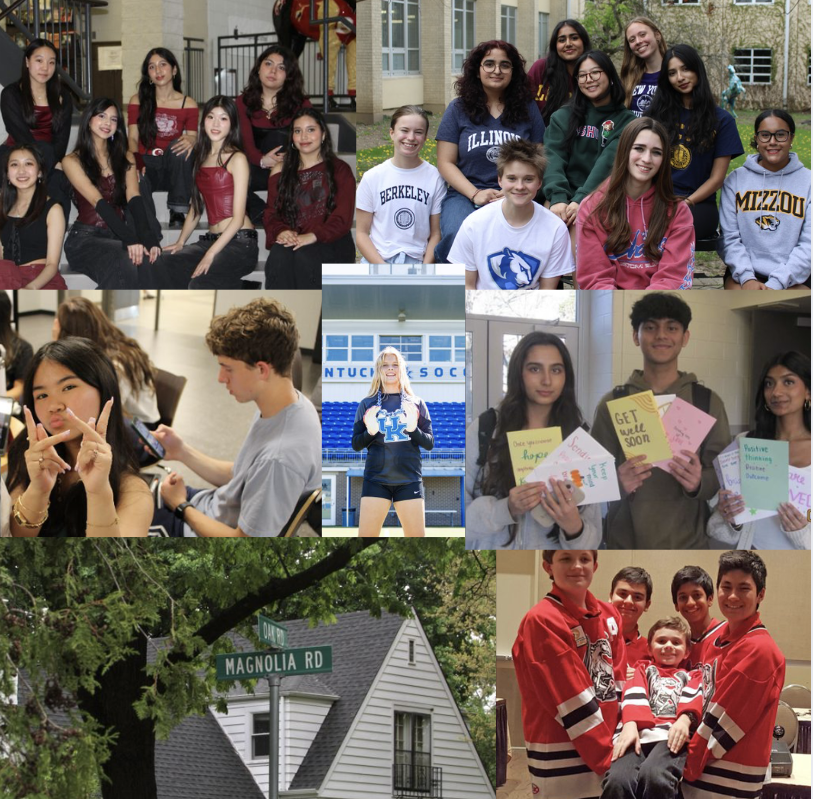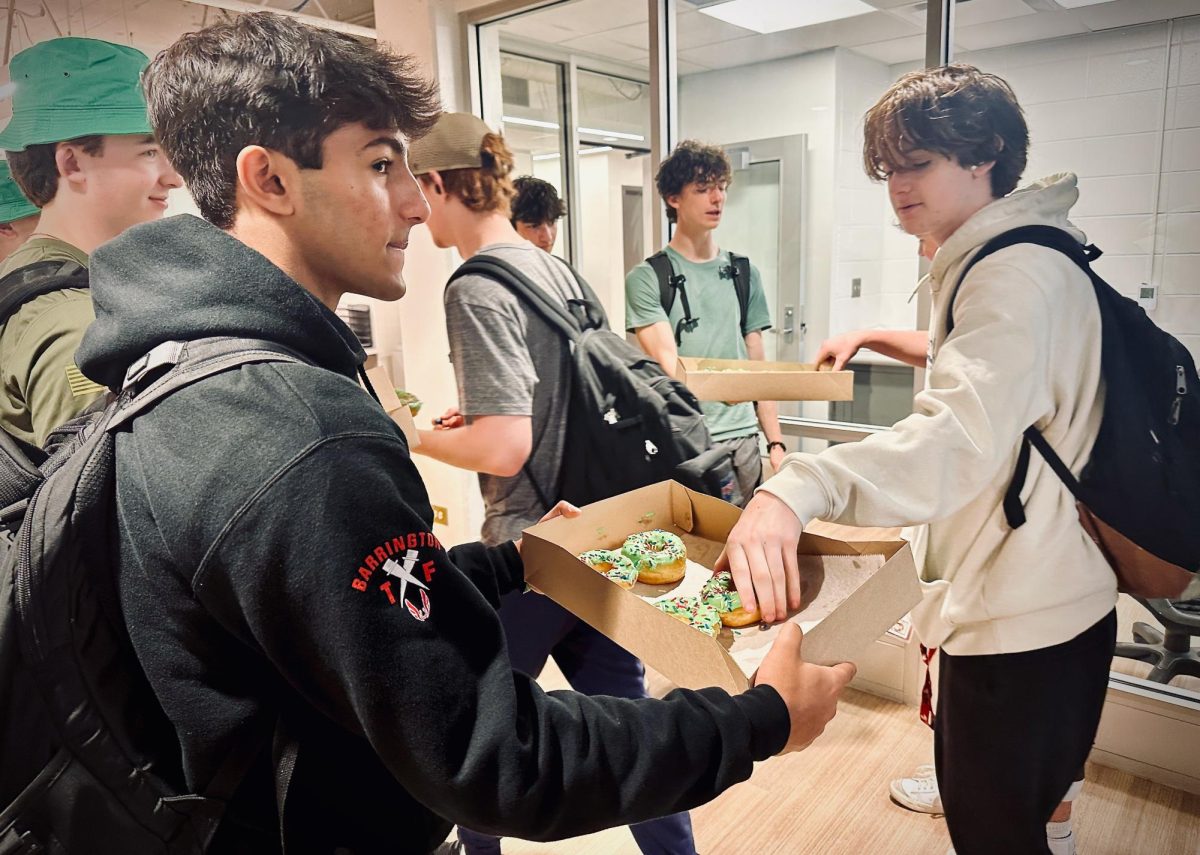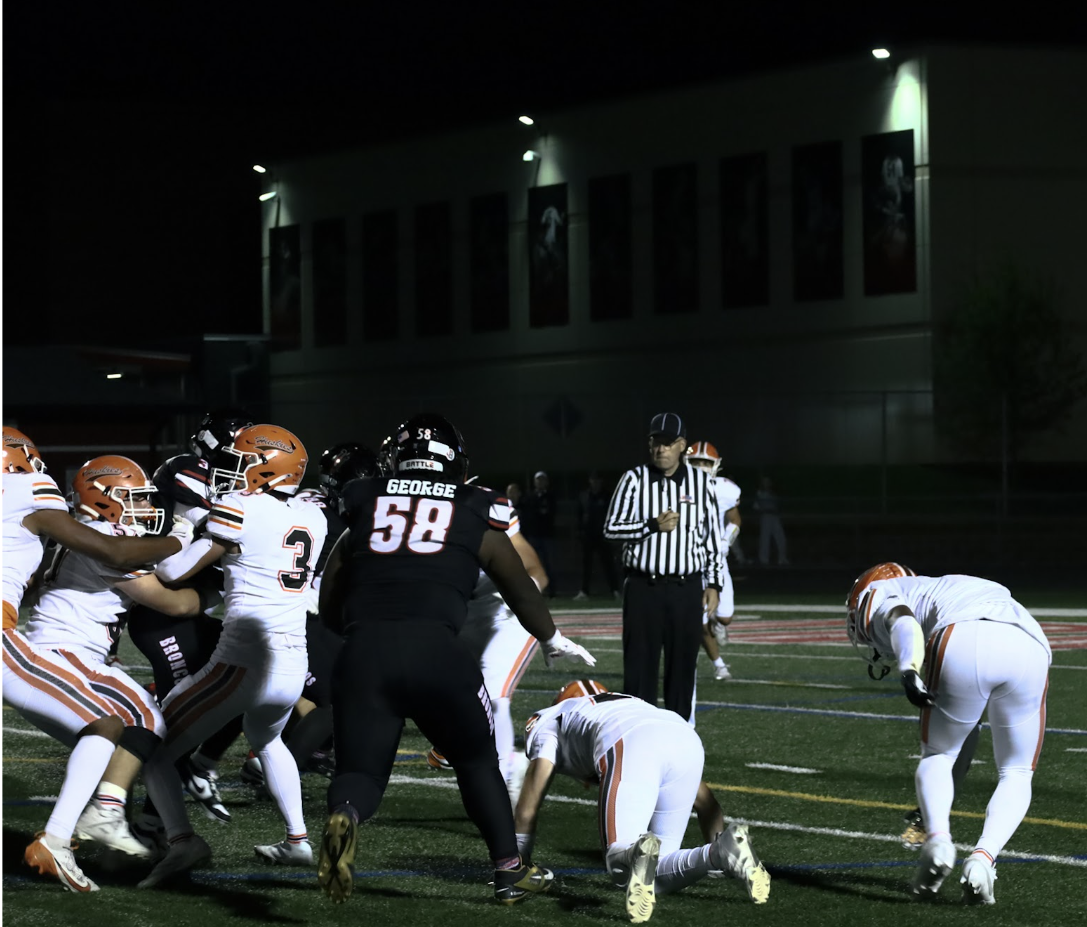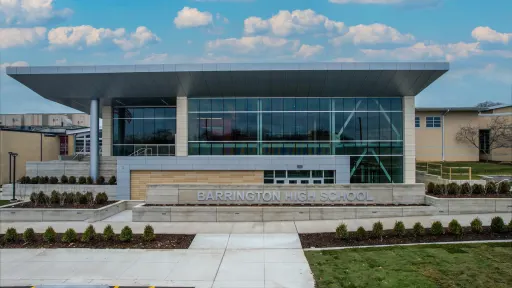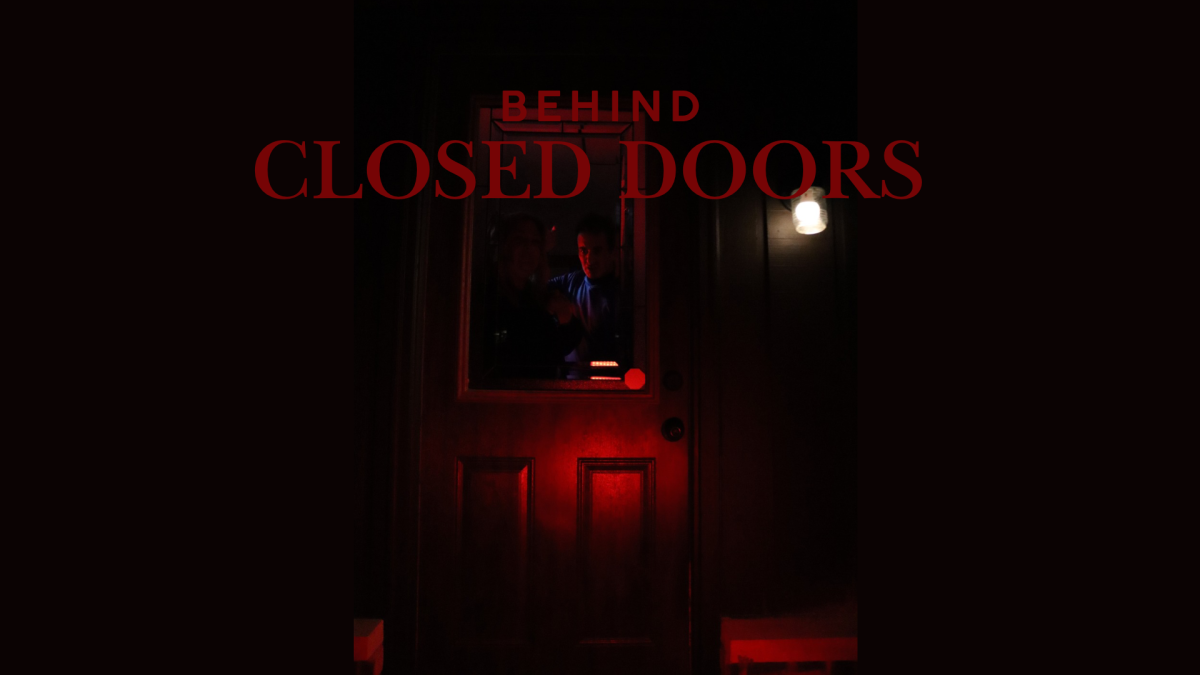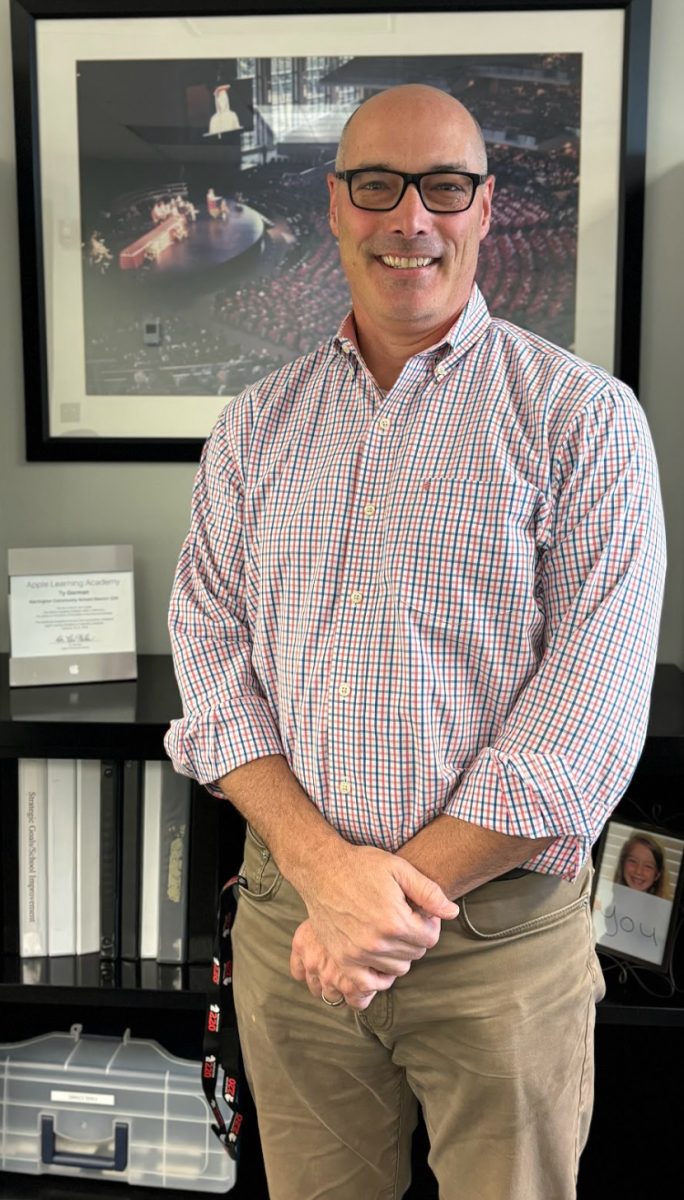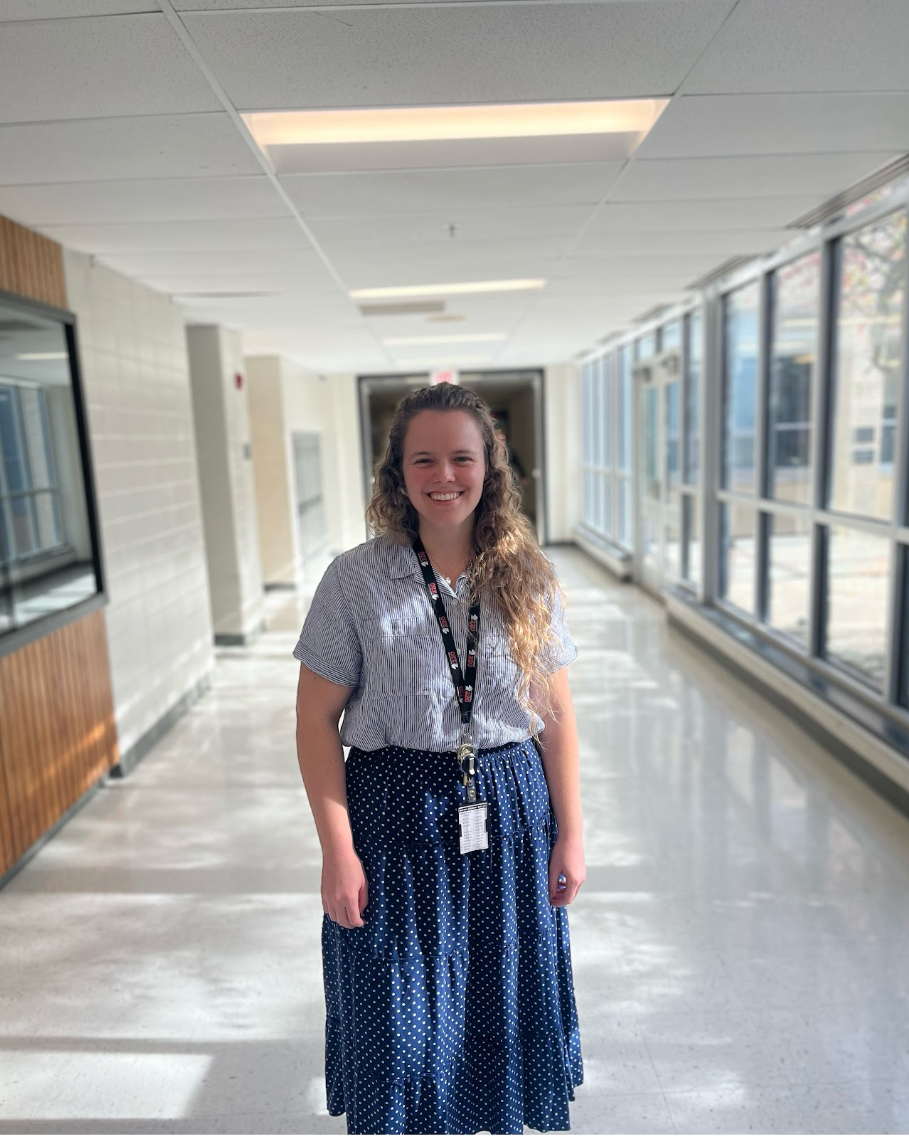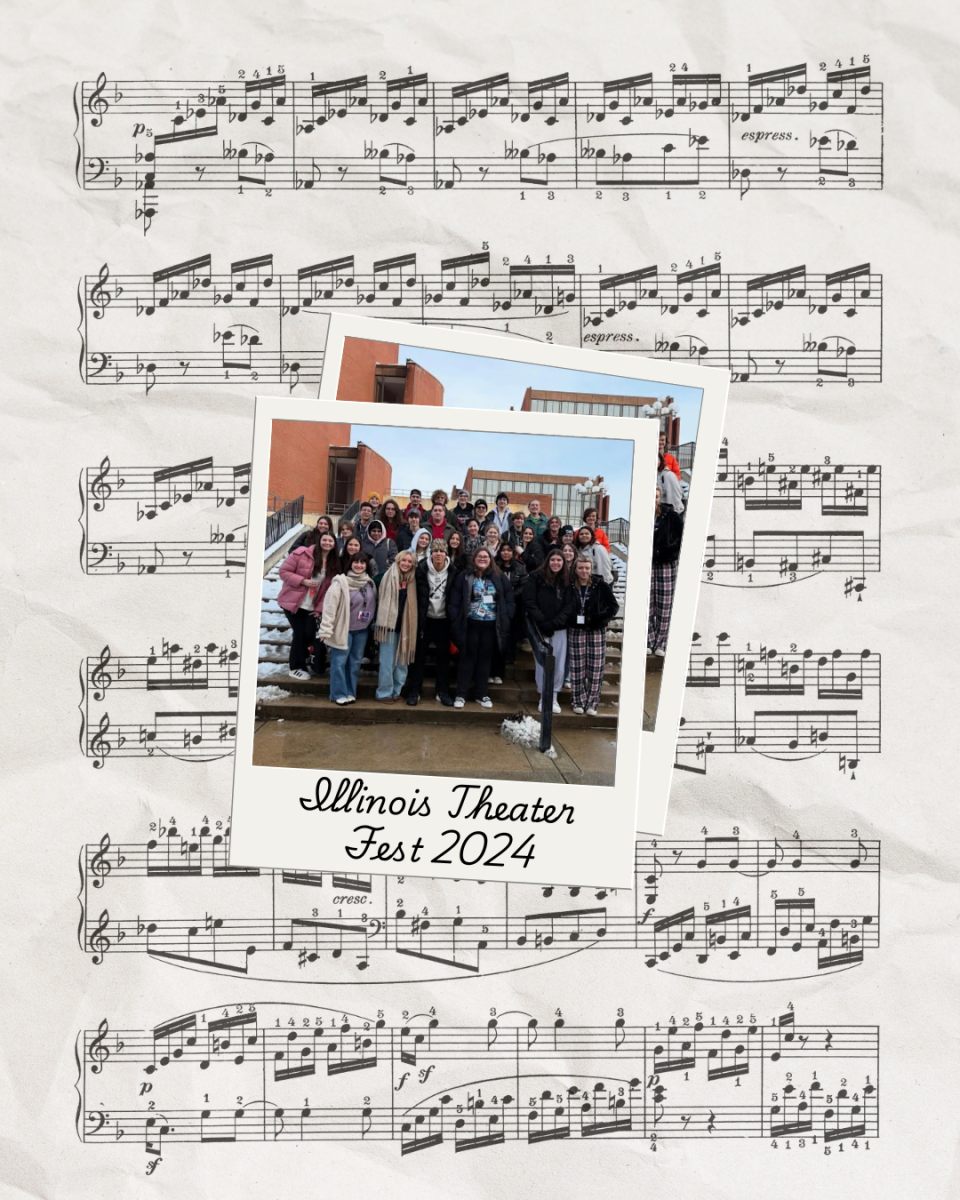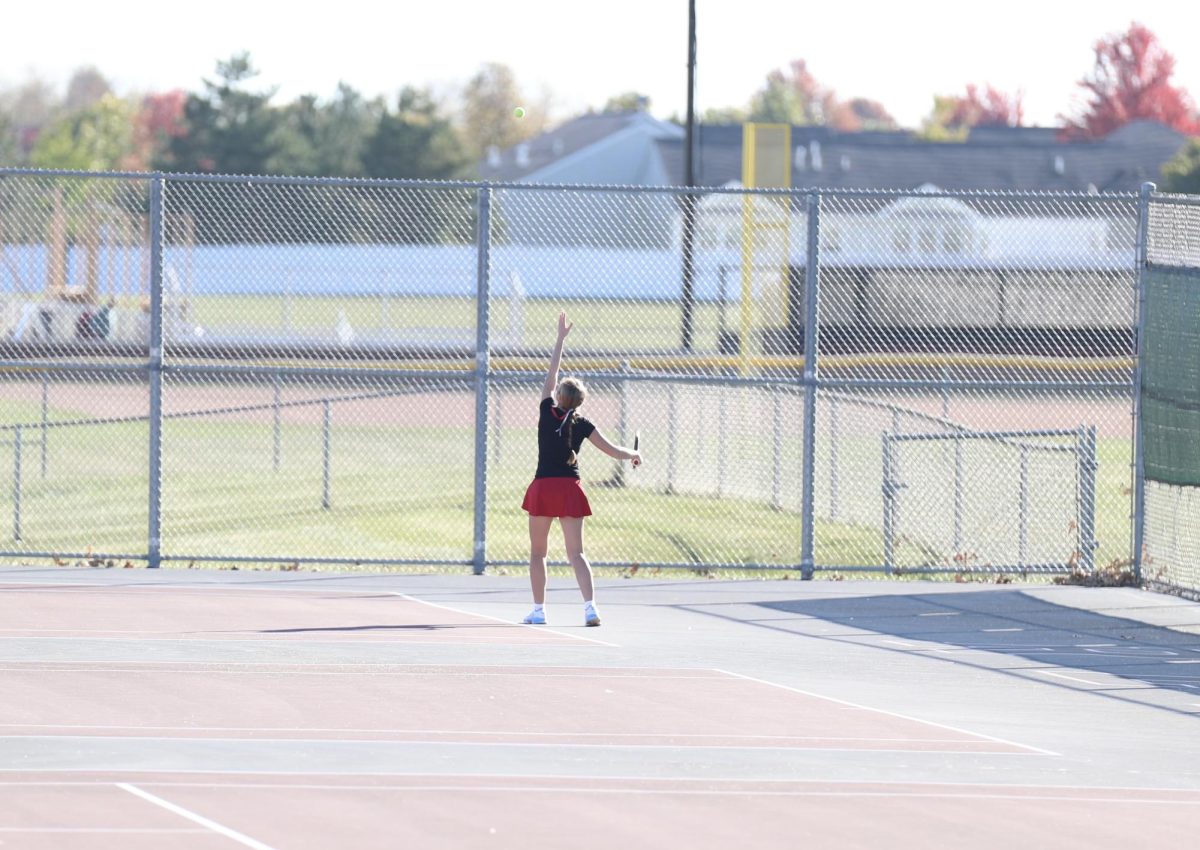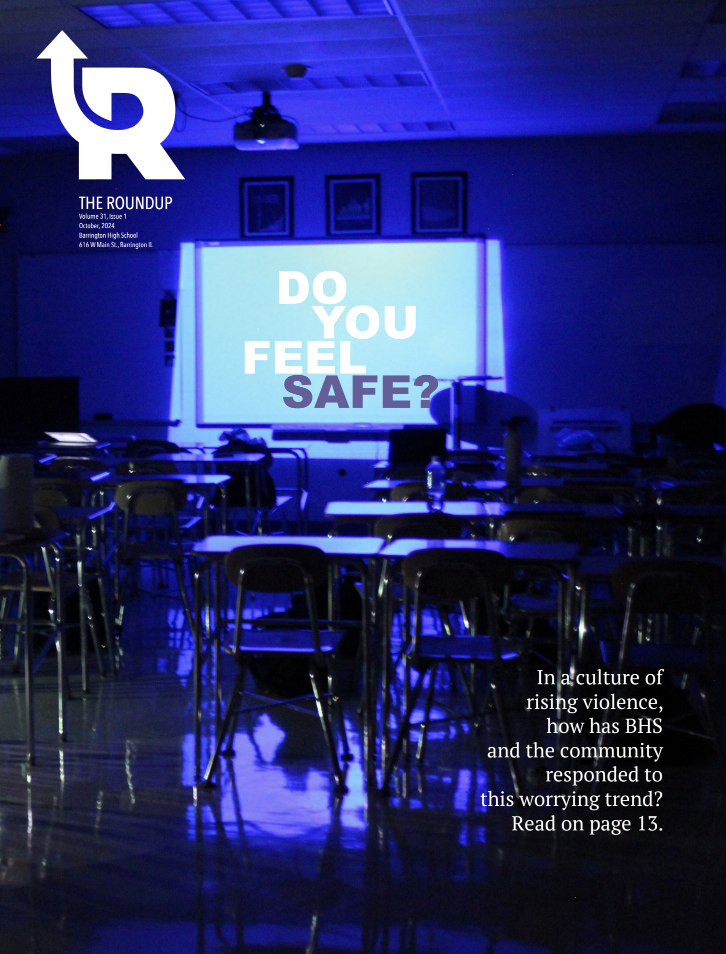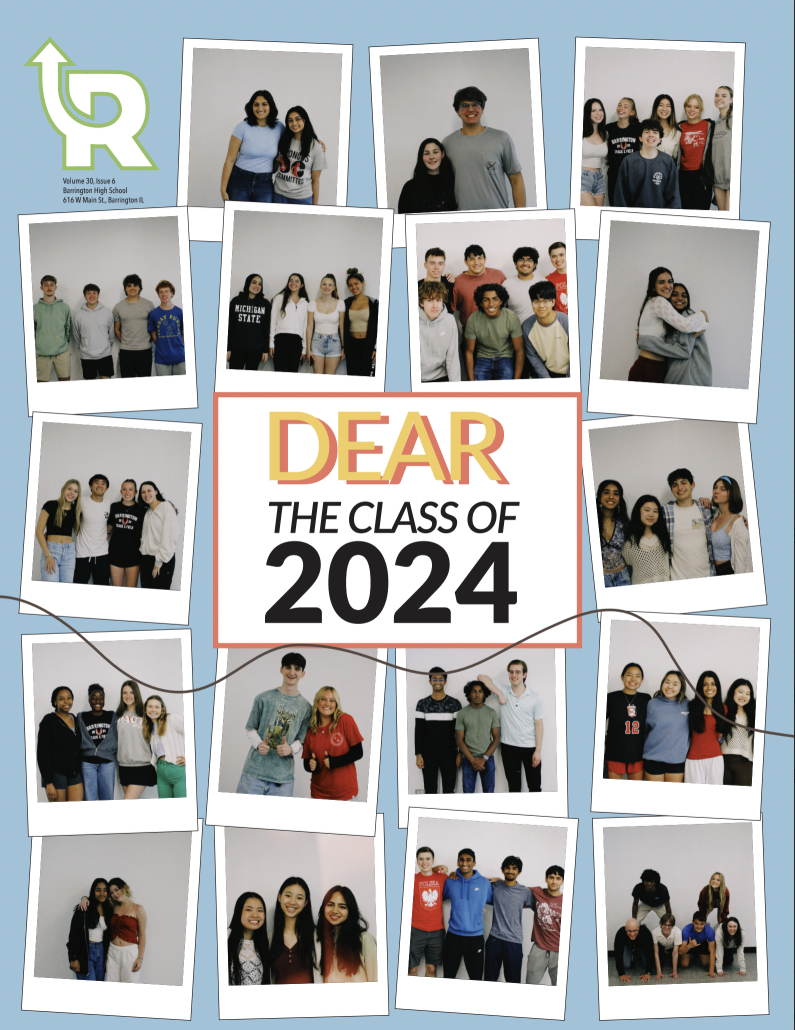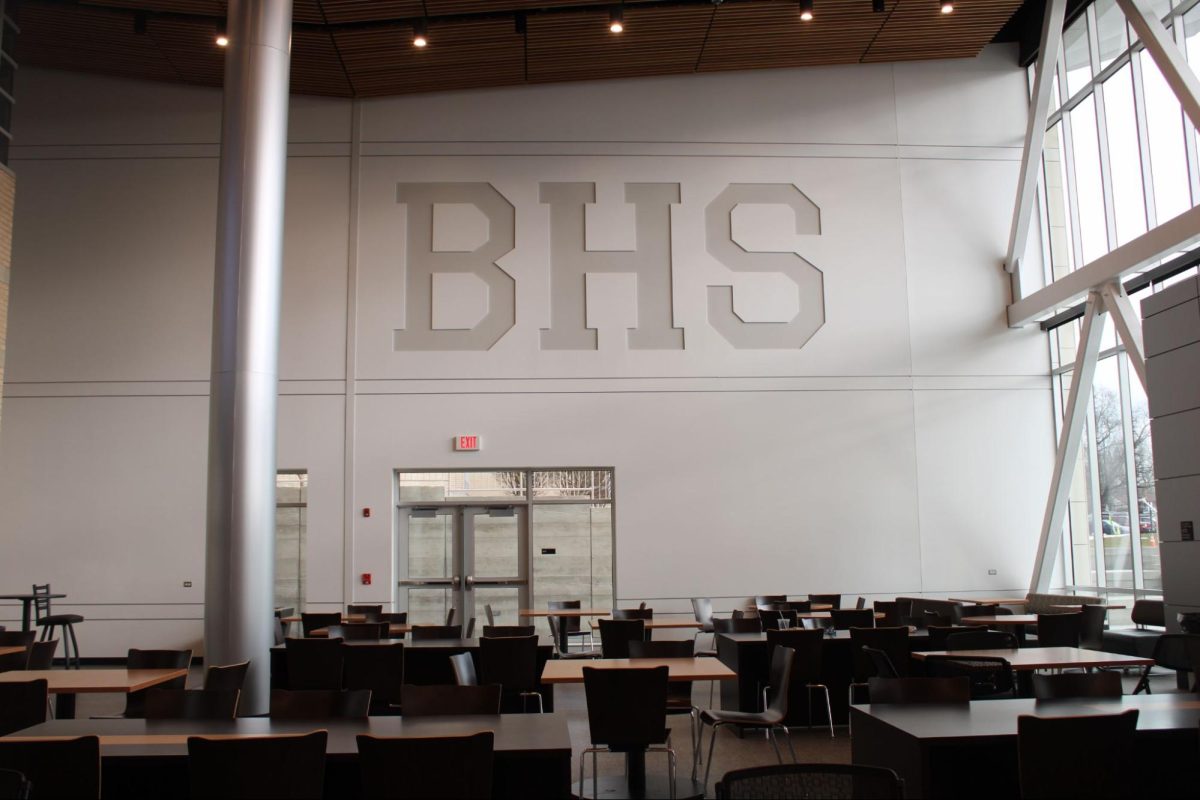On my first day of senior year, I was warmly welcomed by Principal Steve McWilliams, pep rallies and Pepper Construction. For the next four months of my first semester, I grew accustomed to the mysterious glass walls of the culinary kitchen, the ghost of the Quiet Commons and the not-so-central atrium.
My peers and I were promised exciting new changes from a hefty referendum. Yet, these promises severely lacked substance.
Since last spring, and a $147 million referendum later, the vast promises of new athletic fields, high-tech kitchens and excellent Bronco Blast PR have created insurmountable “hype” regarding these renovations. Despite having to leave my house 15 minutes early just to combat traffic every day for the past six months, I, alongside my peers, would continue to remind myself that these renovations would all be worth it in a couple more weeks.
Wrong.
Unless you’re new to the district, you probably remember the Commons. The Commons was the nucleus of our school — lying in the center of our bustling hallways and always housing a conglomeration of chattering students. Sitting in the Commons was a coveted privilege, and one that holds valuable memories for many students.

Sure, it was loud, messy and crowded; but it was ours, and we all loved it regardless. Today, the “Commons” houses six small tables, 18 seats, and a convenient view of the culinary kitchen. In a survey with 124 students, less than 15% of students actually use the Culinary Kitchens with more than 40% of students who are unsatisfied with the kitchen renovations. The kitchens needed a makeover, but that never meant we should replace them with the Commons and pacify our social-needs with “the Atrium.”
First off, the Atrium is a misnomer. Physically, it is nowhere near the heart of the school; culturally, it holds nowhere near the sentimental value of what the Commons used to boast. The Atrium was a coveted promise, but after we went “all-in,” with millions of dollars in the referendum, the least our school could’ve done is gone “all-out.” Yet, it’s safe to say we’re disappointed, according to a survey of 124 students. Over 50% of students barely or never use the Atrium. Furthermore, in the same survey, only 30% of students report being “satisfied” to “very satisfied.”
The dedication of our administration and the efforts behind massive renovations should never go unnoticed; the power of our community to implement large-scale construction projects is a feat in itself. While the overwhelming majority of students reported being “satisfied” and “very satisfied” with the outdoor parking and athletic renovations, only 30% of students reported feeling satisfied with the indoor renovations. When we see a lack of satisfaction and engagement from the student body regarding these renovations, it is clear there is a lack of transparency, and involvement- or both- between students and administrators.
Despite the promises of a Referendum Advisory Committee outlined within Blueprint 220, it is surprising that students are not included in joining such a group. Albeit we are infamous for our frequent Infinite Campus surveys, it’s unsurprising to see how little initiative our school has taken to gauge student feedback with these changes. Ideally, new construction should benefit students, not just impact them. Decisions should never be made behind closed doors, but by doing so, we take away the plurality of a school community. With active student groups such as Student Council, class boards and even The RoundUp ourselves, the voices of students should ultimately be the ones who play a considerable role in the making of our school. In the environment that we — the students — learn, engage and succeed in, we should see the product of our voices in the environment we thrive in.


